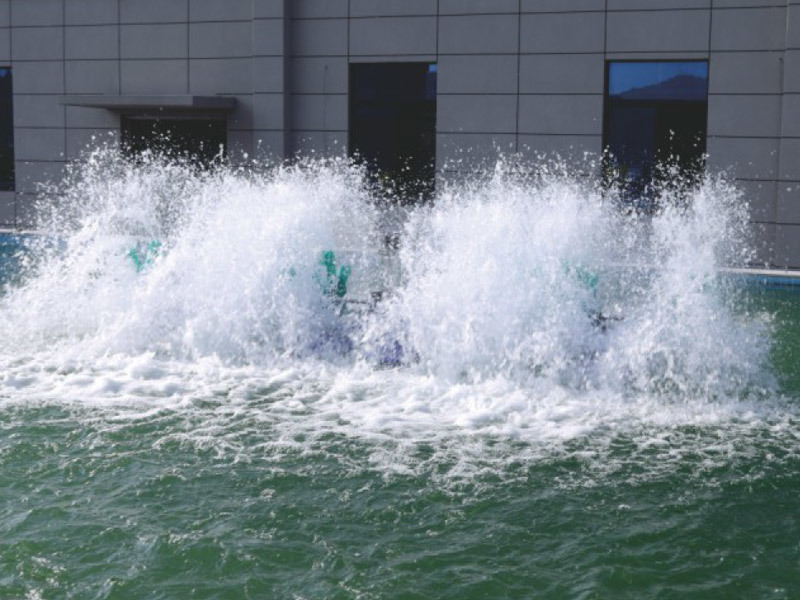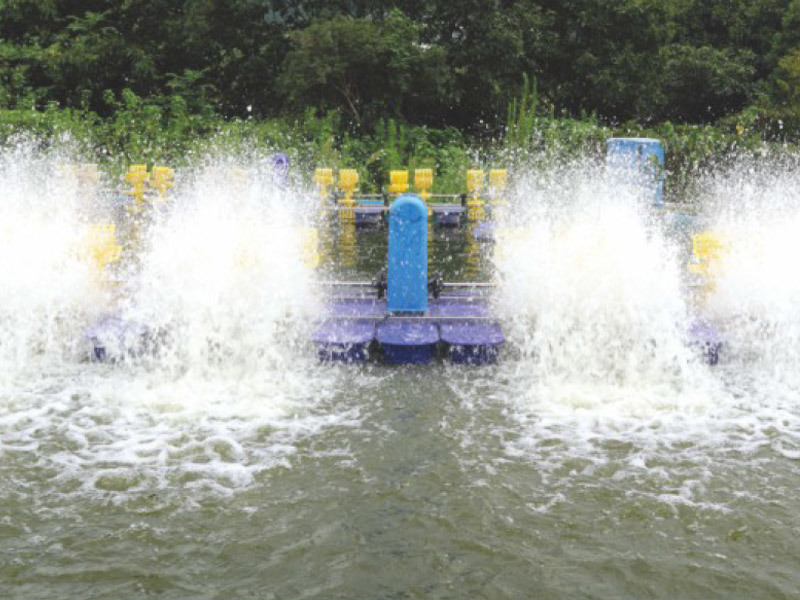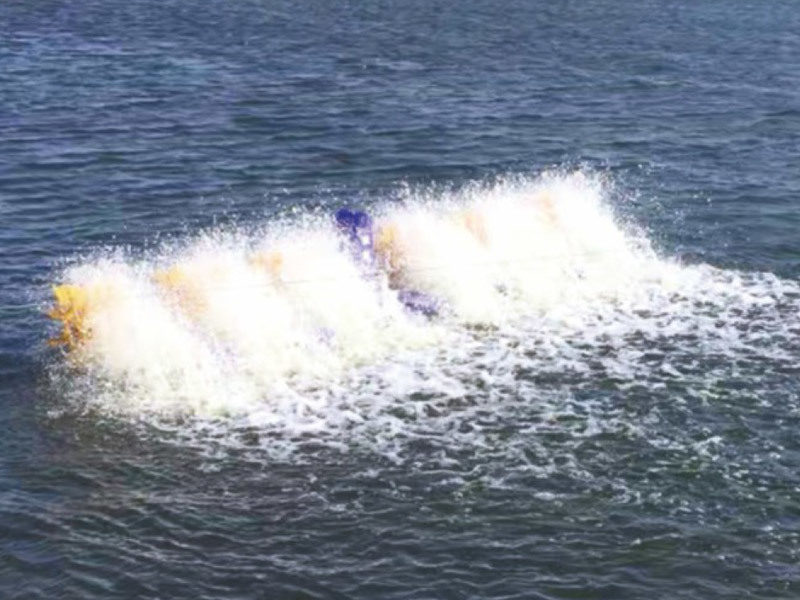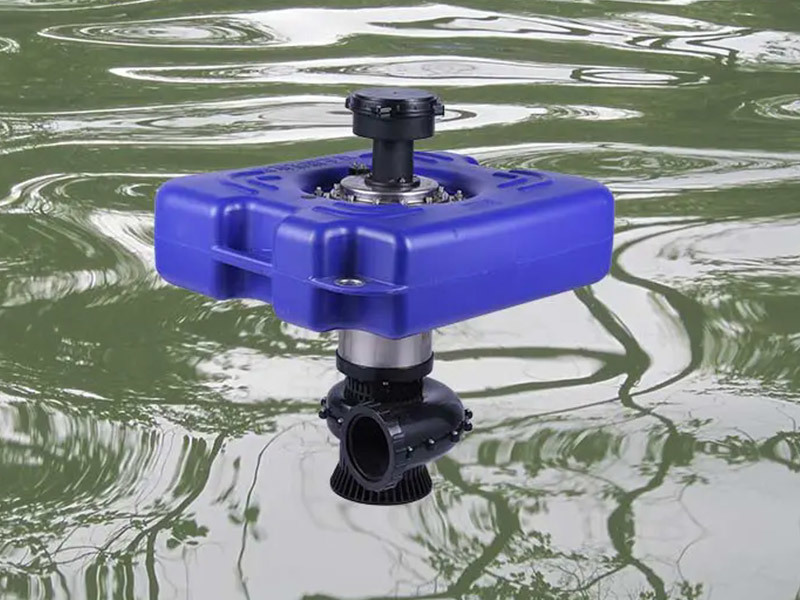The Superiority Of Surge Aerators Over Conventional Gas Diffusion Systems
May 14,2024
China High Quality Surge Aerator Manufacturing Wholesaler
In the complex world of wastewater treatment and industrial processes, the efficient transfer of oxygen into liquid media is a crucial factor in maintaining chemical reactions. For decades, traditional gas diffusion systems have been the go-to solution for aeration, but surge aerators have introduced a game-changing alternative that offers significant advantages.
At the heart of the surge aerator's superiority lies its unique operating principle. Unlike conventional gas diffusion systems, which rely on the continuous release of small air bubbles, surge aerators generate a series of high-intensity, short-duration air pulses. This pulsed aeration approach creates a more turbulent and dynamic liquid-gas interface, leading to enhanced oxygen transfer rates and improved mass transfer efficiency.
One of the primary advantages of surge aerators is their ability to achieve higher oxygen transfer efficiencies (OTE) compared to traditional diffused air systems. The pulsed air delivery of surge aerators disrupts the boundary layer at the liquid-gas interface, effectively breaking down the mass transfer resistance and facilitating a more efficient oxygen dissolution process. This translates to a higher percentage of the supplied air being absorbed by the liquid, resulting in a more economical and energy-efficient aeration system.
Moreover, surge aerators excel in their ability to adapt to varying operating conditions and process requirements. The pulsed air delivery can be easily adjusted in terms of frequency, duration, and intensity, allowing operators to fine-tune the aeration process to meet the specific needs of different applications. This flexibility is particularly advantageous in industries where process conditions may fluctuate, such as wastewater treatment, fermentation, and aquaculture.
Another key advantage of surge aerators is their reduced susceptibility to fouling and clogging. Traditional diffused air systems often struggle with the accumulation of biological and inorganic deposits on the air diffusers, leading to a gradual decline in oxygen transfer efficiency over time. In contrast, the pulsed air delivery of surge aerators helps to self-clean the aeration system, reducing the risk of fouling and maintaining consistent performance throughout the system's lifespan.
Furthermore, surge aerators offer significant energy savings compared to conventional gas diffusion systems. The enhanced oxygen transfer efficiency of surge aerators translates to a lower air supply requirement, which in turn reduces the energy consumption of the aeration system. This energy-efficient operation not only contributes cost savings but also aligns with the growing emphasis on sustainable and environmentally friendly practices in various industries.
In addition to their technical advantages, surge aerators also offer practical benefits in terms of installation and maintenance. Their compact and modular design allows for easy integration into existing systems, often without the need for extensive retrofitting or infrastructure changes. The reduced maintenance requirements of surge aerators, such as the absence of fine-bubble diffusers, further contribute to their operational simplicity and cost-effectiveness.
As the demand for sustainable and efficient aeration solutions continues to grow, the surge aerator has emerged as a transformative technology that challenges the status quo. By leveraging its unique pulsed air delivery and superior oxygen transfer capabilities, surge aerators are poised to revolutionize the way industries approach aeration, driving advancements in wastewater treatment, industrial processes, and beyond.
Latest News









